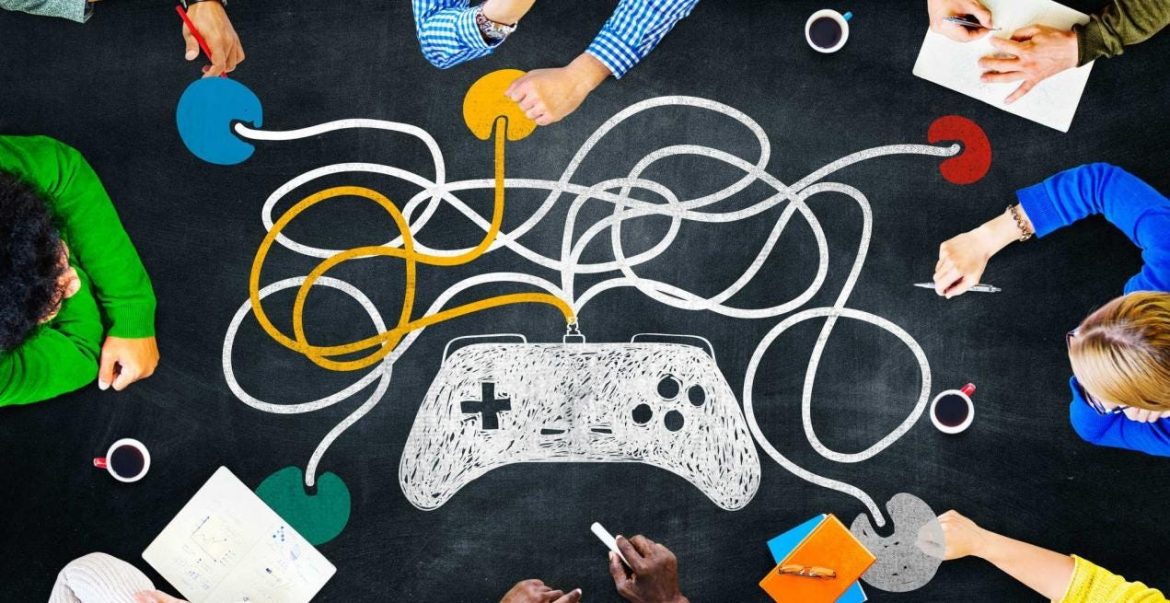In recent years, the worlds of gaming and education have converged to give rise to a fascinating and innovative concept known as “edutainment.” This blend of education and entertainment leverages the engaging and immersive nature of video games to deliver educational content. As technology continues to advance, edutainment has emerged as a powerful tool for enhancing the learning experience. In this article, we will explore the evolution of edutainment, its impact on education, and its potential for the future.
The Evolution of Edutainment
From Educational Games to Edutainment
Educational games have been around for decades, offering students interactive ways to reinforce their knowledge and skills. However, the term “edutainment” represents a broader category of interactive media that aims to educate while entertaining. This shift has been driven by advancements in game design, technology, and a deeper understanding of how engagement enhances learning.
The Role of Gamification
Gamification, the integration of game elements like competition, rewards, and achievements into non-gaming contexts, has played a crucial role in the evolution of edutainment. By incorporating gamified elements into educational content, educators can make learning more enjoyable and motivate students to actively participate.
Impact on Education
Improved Engagement and Retention
One of the most significant benefits of edutainment is its ability to engage students in a way that traditional teaching methods often struggle to achieve. The interactive and immersive nature of games captures students’ attention, leading to increased retention of information and concepts.
Tailored Learning Experiences
Edutainment allows for personalized and adaptive learning experiences. Game-based learning platforms can assess individual students’ progress and adjust the difficulty level or content to meet their specific needs. This adaptability ensures that students are continually challenged at an appropriate level.
Real-World Applications
Edutainment extends beyond traditional classroom settings. It has found applications in various fields, such as healthcare, where medical professionals use simulations and serious games for training and skill development. Additionally, industries like aviation and military training have incorporated game-based simulations to enhance learning outcomes.
Examples of Edutainment Success
Minecraft: Education Edition
Minecraft, a popular sandbox game, has an education-focused version known as Minecraft: Education Edition. This platform allows educators to create interactive and immersive worlds for students to explore, fostering creativity and problem-solving skills while integrating various subjects into the gameplay.
Kahoot!
Kahoot! is a gamified learning platform that turns quizzes and assessments into engaging competitions. It promotes active participation and knowledge retention through friendly competition, making it a favorite among teachers and students alike.
Duolingo
Duolingo, a language-learning app, gamifies the process of acquiring a new language. Users earn points, complete challenges, and unlock levels as they progress, making language learning an enjoyable and accessible experience.
Future Potential
Virtual Reality (VR) and Augmented Reality (AR)
The integration of VR and AR technologies into edutainment holds immense promise. These technologies offer immersive and interactive experiences that can transport students to different times and places, enabling them to explore historical events or scientific concepts firsthand.
Data-Driven Insights
Edutainment platforms generate valuable data on student performance and engagement. Analyzing this data can provide educators with insights into students’ strengths, weaknesses, and learning preferences, allowing for more tailored instruction.
Lifelong Learning
Edutainment is not limited to traditional school settings. It has the potential to support lifelong learning by making educational content accessible and enjoyable for learners of all ages. This could include skills development, professional training, and personal enrichment.
Challenges to Overcome
Quality and Content
Not all edutainment products are created equal. Ensuring the quality and accuracy of educational content within games is essential to the success of edutainment. Educators and developers must collaborate to create meaningful learning experiences.
Accessibility
Equitable access to technology and edutainment resources is a concern. To realize the full potential of edutainment, efforts must be made to bridge the digital divide and ensure that all students have access to these valuable learning tools.
Conclusion
Edutainment represents a powerful fusion of education and entertainment that has the potential to revolutionize the way we learn. By harnessing the engaging nature of games and interactive media, educators can inspire curiosity, creativity, and a lifelong love of learning in students of all ages. As technology continues to evolve, the possibilities for edutainment are endless, offering exciting opportunities to enhance education worldwide.

